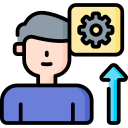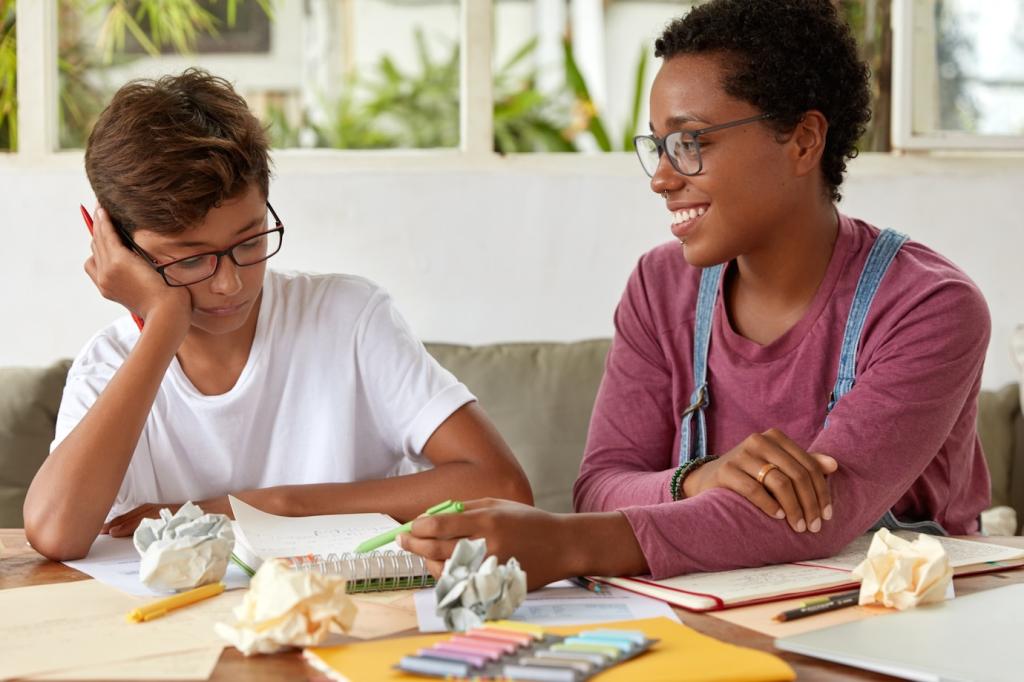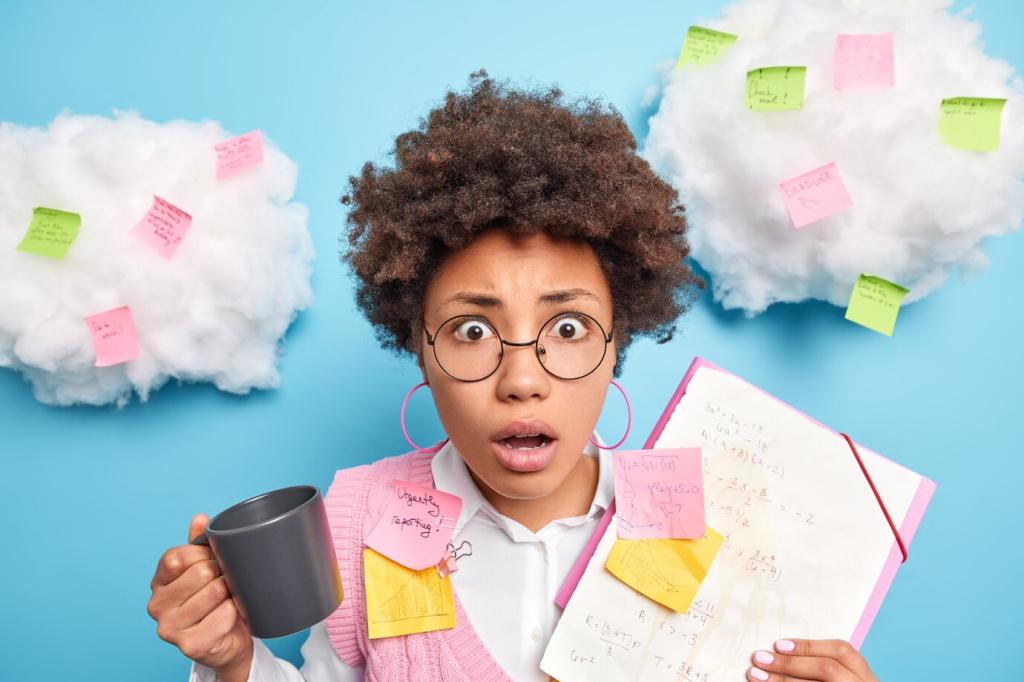Why Digital Literacy Matters Now
Graduates enter workplaces where documents live in the cloud, decisions are data-driven, and conversations unfold asynchronously. Digital literacy equips them to evaluate sources, collaborate across time zones, and communicate credibly, transforming uncertainty into confident, ethical participation.
Why Digital Literacy Matters Now
True digital literacy thrives when every learner can connect, contribute, and create. From device-sharing programs to offline-first tools and library partnerships, equity strategies ensure students develop skills without barriers, building confidence alongside competence.
Why Digital Literacy Matters Now
When students move beyond scrolling to designing podcasts, visualizations, or code, they discover their voices. Creation demystifies technology, encourages iteration, and cultivates agency—students learn to question algorithms, credit sources, and publish with purpose.
Why Digital Literacy Matters Now
Lorem ipsum dolor sit amet, consectetur adipiscing elit. Ut elit tellus, luctus nec ullamcorper mattis, pulvinar dapibus leo.










